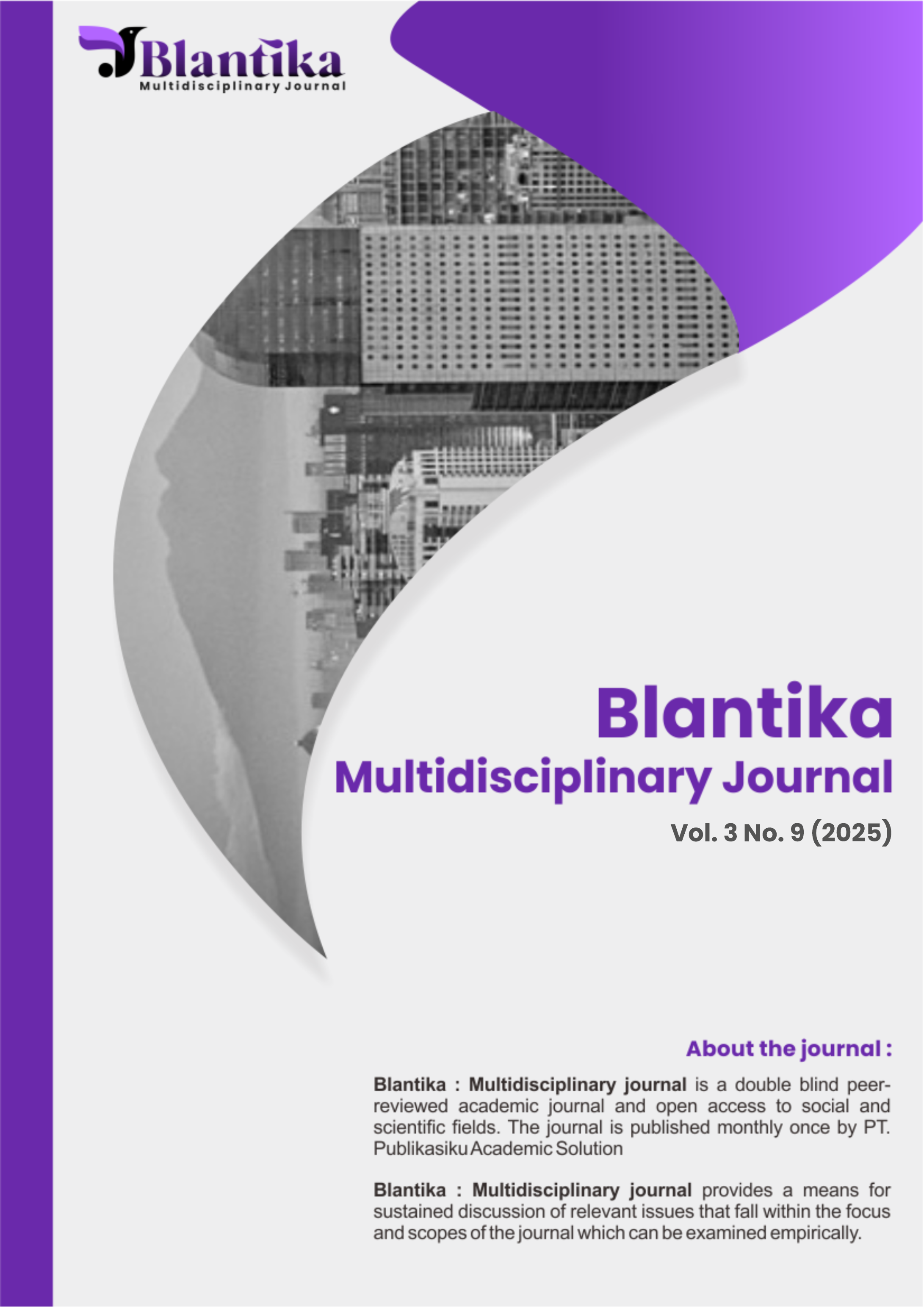An Analysis of E-Voting Adoption Using the Technology Acceptance Model (TAM) in the Simultaneous Village Head Elections in Sleman Regency)
DOI:
https://doi.org/10.57096/blantika.v3i9.406Keywords:
E-Voting, Technology Acceptance Model (TAM), Elections, Village HeadAbstract
Electronic voting, commonly referred to as E-voting, represents a contemporary advancement in democratic systems, designed to optimize electoral efficiency, precision, and citizen engagement. One of the prominent entities involved in developing this digital infrastructure is PT Inti Konten Indonesia. This research investigates the integration of the E-voting mechanism within the 2021 concurrent village head elections held in Sleman Regency, utilizing the Technology Acceptance Model (TAM) as the theoretical foundation. The TAM construct in this context evaluates how Perceived Ease of Use, Perceived Usefulness, and Behavioral Intention to Use influence the Actual Usage of the system. Additionally, this study introduces E-Trust as an extended variable, offering new insights into user confidence toward digital electoral systems. A quantitative paradigm framed by an explanatory research design guided the inquiry. Data acquisition was conducted via structured questionnaires administered to Sleman residents who actively participated in E-voting electoral process. The sampling strategy adopted was stratified sampling, resulting in a total of 400 participants, with the sample size determined through the Slovin formula applying a 5% margin of error. To examine the hypothesized relationships among constructs, Partial Least Squares Structural Equation Modeling (PLS-SEM) was employed using the SmartPLS analytical tool. This technique facilitated the assessment of both direct and indirect effects across the model’s variables.
Downloads
Published
Issue
Section
License
Copyright (c) 2025 Eri Hermawan, Dodie Tricahyono, Edi Witjara

This work is licensed under a Creative Commons Attribution-NonCommercial-ShareAlike 4.0 International License.





